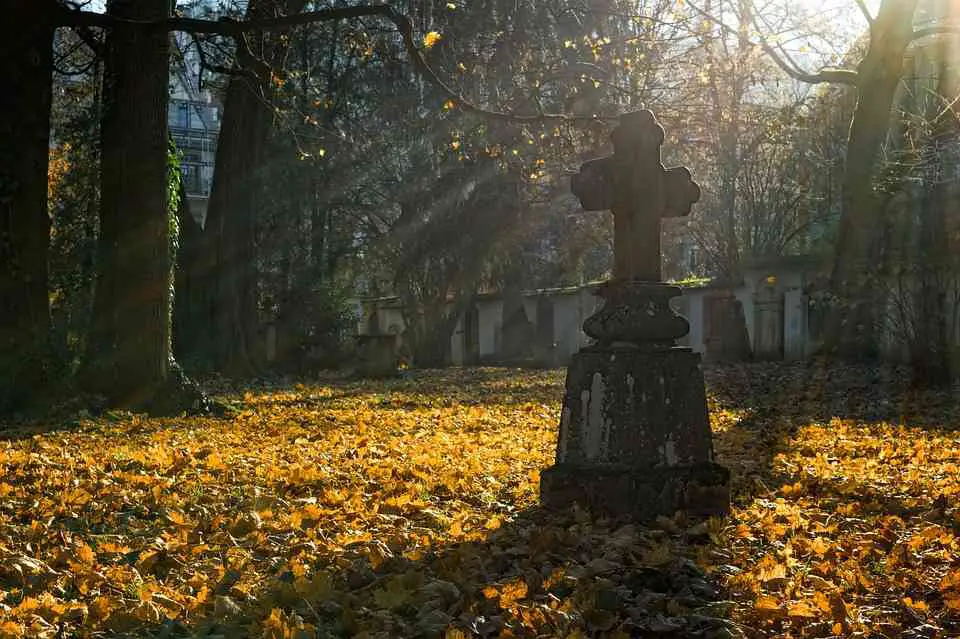John Donne wrote this hymn when he was seriously ill. Doctors made an analysis of the poet’s health and diagnosed fever and John Donne through poetic powers exemplified his condition in “Hymn to God, My God”. In this poem, it seems that he is preparing for the next world. It was about 1623 when this hymn was written as mentioned by Helen Gardner and R. C. Bald. Indeed, the subject matter of the poem is death but it is not the only theme, which Donne has presented in this hymn. In addition to death, redemption, forgiveness, mercy, sufferings, and spirituality are also major themes of this hymn. It is about the sick condition of the poet. He feels that he is going to die but he has no fear of death. He has led a good life and now it is his time to move from misery to bliss.
Click to read the poem on poetryfoundation instead of analysis of “Hymn to God, My God”.
Stanza-I Analysis of “Hymn to God, My God”:
John Donne very stunningly starts this poem with lines: “Since I am coming to that Holy roome,”. He is very much sure that he is going to heaven. It seems that he has ignored the concept of hell or perhaps he is confident on his love with Christ and God, which ultimately would help him to gain paradise. This stanza is a mere introduction of the heaven, in which he would see angels singing the hymn of God. Furthermore, he says that as he is still in this world; therefore, he wants to tell the world about his future in the heaven through his poetic powers. Analysis of autobiographical elements reveals that John Donne was Dean of S. Paul’s Church and “Hymn to God, My God” transpires the importance of poet in the eyes of God. Hence, the poet is expecting his bright future in heaven, which, according to him is waiting for him.
Stanza-II Analysis:
In the second stanza, he describes his miserable condition (though not so miserable in his eyes) to his readers. As usual, he uses metaphors and similes. He compares his body to map and doctors to mapmakers; doctors have diagnosed something i.e. fever. Best line of this stanza is “That is my South-west discoverie”. It is a solid example of Donne’s wit. South is the source of heat, whereas west is for decline; south here is a symbol of fever and west symbolizes death. Doctors believe that the poet is going to die because of fever. The poet takes it for granted and credits fever to take him from this world to the eternal world of peace. If this poem is a journey from a world to another, then stanza-ii is the beginning of that journey.
Stanza-III Analysis:
Emily Dickinson wrote a poem in which he takes death as a sweet journey. It is the case with John Donne. He knows that he is going to die but he has no fear of death; instead, he feels that it is a pleasant journey. Death causes no harm to anyone, believes the poet. “In all flatt Maps (and I am one) are one; So death doth touch the Resurrection”. Undoubtedly, the truth is attached to these lines. Death is certain. It awaits everyone. No one can escape from it. Moreover, death is the name of resurrection. It is the start of a new life. Life does not end with death but starts with it. The word “resurrection” symbolizes this beautiful truth about death that it does not only free a person from miserable life but also bestows him a new life.
Stanza-IV Analysis of “Hymn to God, My God”:
The poet does not know the exact location of heaven. He refers to different places and asks questions from his mind about his destination. “The Easterne riches? Is Jerusalem?; Anyan, and Magellan, and Gibraltar”. He also refers to three continents of the world. “Japhet dwelt, or Cham or Sem”. The earth was divided between generations of the Noah. Heaven may be located in any of these three continents. In short, in the fourth stanza of “Hymn to God, My God”, the poet made an analysis of the world and tries to figure out the location of heaven, which is his final destination.
Stanza-V Analysis of “Hymn to God, My God”:
He further searches the paradise and makes some guesses. He thinks that maybe it is in “
Stanza-V Analysis of “Hymn to God, My God”:
The last stanza of the poem is a plea. The poet asks the forgiveness of God. As mentioned earlier, he was Dean of St. Paul’s Church, where he used to preach sermons. He through nepotism asks mercy of the God. He says that he was a true preacher; the poet guided many people through his sermons. He told his fellowmen that suffering was a prelude to redemption. He believes that he has suffered a lot; therefore, he should be redeemed in the next world. His sermon
“Hymn to God, My God” is a beautiful hymn and is included in “Divine Poems” of John Donne. The poet started his life from love poems, in which he totally ignored the concept of spirituality. In his later poems, he realized that he should use his poetic powers to convince the world to the right path. He guided them to follow the right path through these poems. In many poems, he praises Christ and God but this poem is a little different from other hymns of John Donne. Although in this poem too, he praises God and Christ but this poem seems the end of his journey. Readers can feel the spirituality of the poem. If we compare love poems of John Donne to this hymn, then we feel that divinity reflects from this hymn as it focuses on mysticism.
Related Questions:
- Donne’s approach to God and Christ is actually rational and equally emotional. Discuss.
